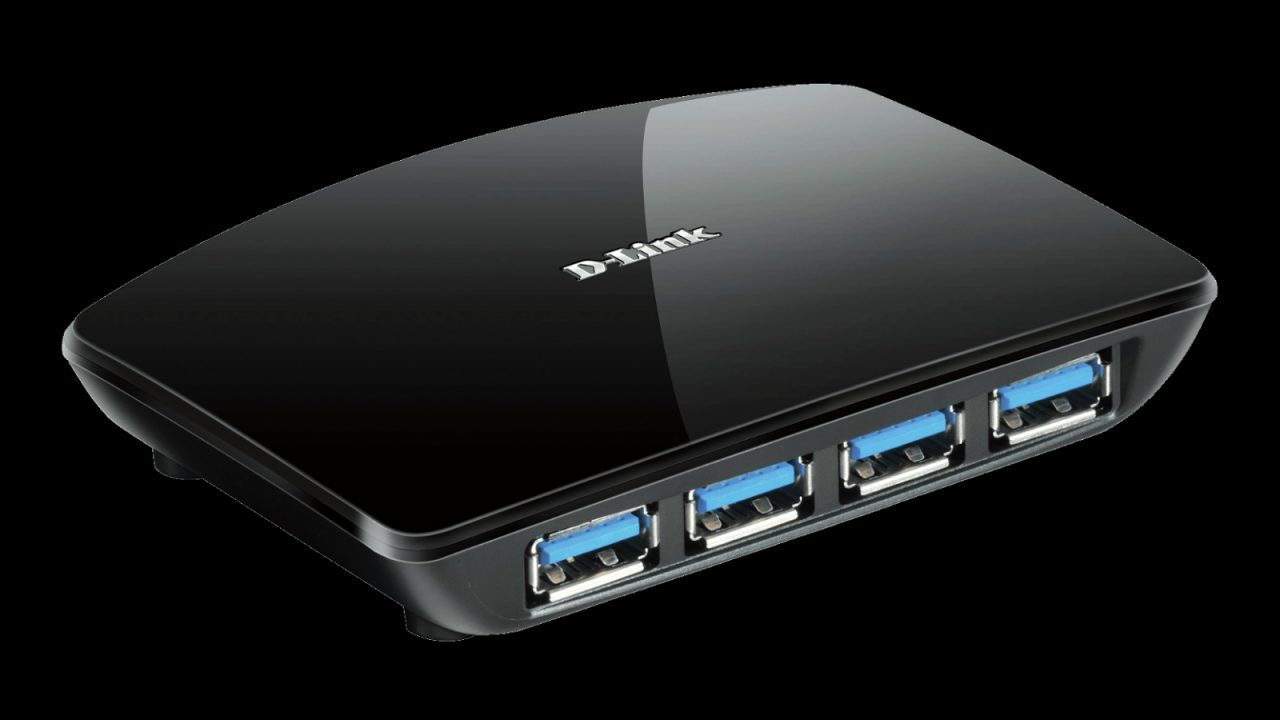
Hub def – In the realm of technology and networking, the concept of a “hub” holds immense significance. It refers to a central point or device that serves as a connection point for multiple devices or networks, facilitating seamless communication and data exchange.
This comprehensive guide delves into the multifaceted nature of hubs, exploring their definition, functions, characteristics, advantages, and applications. It provides valuable insights into the design, implementation, troubleshooting, and future prospects of hubs, making it an invaluable resource for anyone seeking to deepen their understanding of this critical networking component.
Definition of Hub

A hub is a central point of connection or activity that facilitates communication, exchange, or distribution. In networking, a hub is a physical device that connects multiple computers, devices, or networks. It acts as a central point of contact, allowing data to flow between connected devices.
Hubs can also exist in transportation, where they serve as central points for connecting different modes of transport, such as airports or train stations. In logistics, distribution hubs are used to facilitate the efficient movement and storage of goods.
Functions of a Hub
The primary function of a hub is to provide a central point of connection for multiple devices or networks. Hubs enable communication between connected devices by relaying data packets between them.
In a network, hubs facilitate data transmission by receiving packets from one device and forwarding them to all other connected devices. This allows devices to exchange information and communicate with each other.
Characteristics of a Hub
Hubs are typically characterized by their central role in connecting devices and facilitating communication. They are typically passive devices, meaning they do not process or modify data packets.
Essential features of a hub include multiple ports for connecting devices, a physical connection medium (e.g., Ethernet cable), and a mechanism for transmitting data between connected devices.
Advantages and Disadvantages of Hubs
Advantages
- Simple and cost-effective
- Easy to install and configure
- Centralized point of control
Disadvantages
- Can create a single point of failure
- Limited performance compared to switches
- Not suitable for large networks
Applications of Hubs
Hubs are widely used in various scenarios, including:
- Connecting multiple computers in a home or small office network
- Creating a central point of connection for devices in a building or campus
- Facilitating data exchange between different networks or devices
Hub Design and Implementation
Designing and implementing hubs involves careful consideration of factors such as:
- Number and type of devices to be connected
- Required data transfer rates
- Physical constraints and cabling infrastructure
Proper configuration and maintenance of hubs are crucial for ensuring optimal performance and reliability.
Troubleshooting Hub Issues
Common problems with hubs include:
- No connectivity or intermittent connections
- Slow data transfer speeds
- Device conflicts or errors
Troubleshooting involves checking physical connections, verifying device configurations, and isolating the source of the problem.
Future of Hubs, Hub def
The future of hubs may involve:
- Integration with advanced networking technologies
- Enhanced features for security and reliability
- Emergence of new applications and use cases
As technology evolves, hubs will continue to play a vital role in connecting devices and facilitating communication.
Ending Remarks

In conclusion, hubs play a pivotal role in modern networking, enabling the efficient and reliable transmission of data across diverse devices and systems. Their versatility and adaptability make them a cornerstone of network infrastructure, and ongoing advancements promise to further enhance their capabilities in the years to come.
Helpful Answers: Hub Def
What is the primary function of a hub?
A hub’s primary function is to act as a central connection point for multiple devices or networks, facilitating data transmission and communication between them.
What are the key characteristics of a hub?
Hubs are characterized by their ability to connect multiple devices, their passive nature in data transmission, and their limited processing capabilities.
What are the advantages of using hubs?
Hubs offer advantages such as simplicity of installation, cost-effectiveness, and ease of use, making them suitable for small-scale networks or specific applications.





